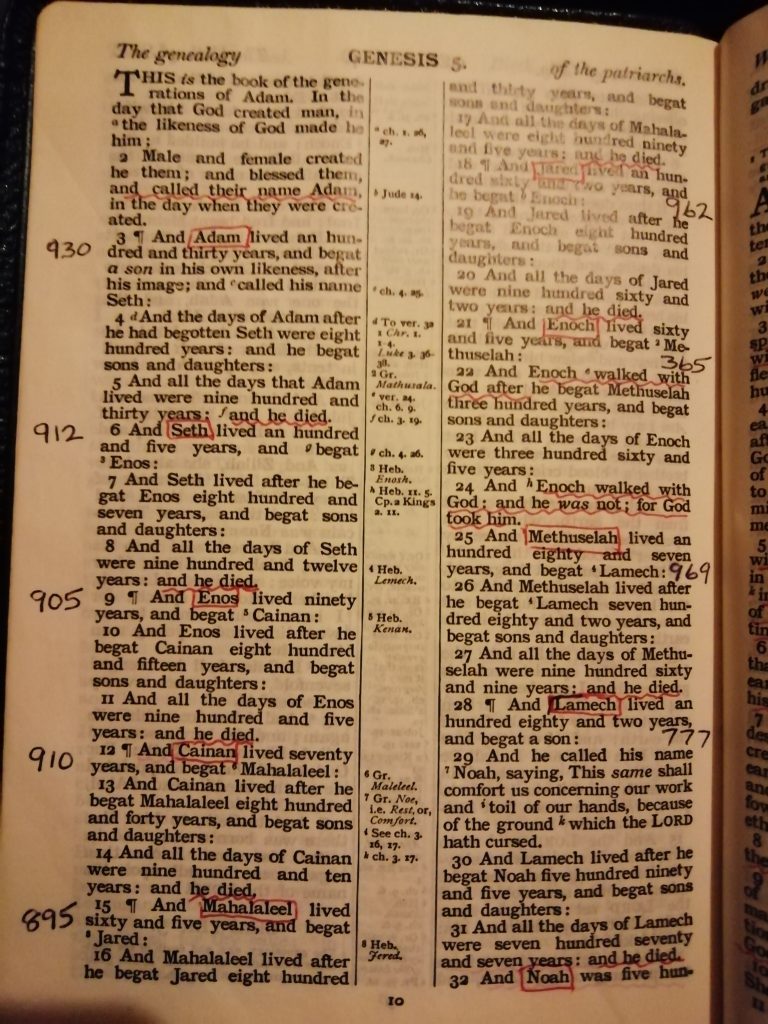Successors and assigns: Difference between revisions
Amwelladmin (talk | contribs) No edit summary |
Amwelladmin (talk | contribs) No edit summary |
||
| (10 intermediate revisions by the same user not shown) | |||
| Line 1: | Line 1: | ||
{{a|boilerplate|{{ | {{a|boilerplate|{{image|Biblical genealogy|jpg|}}The classic [[successors and assigns]] formulation:<br>{{subtable|“This agreement is binding upon, and [[inure]]s to the benefit of, the parties and their respective permitted successors and assigns.”}}}}The JC’s love for the tedial minutiae of [[boilerplate]] is deep, but when it comes to pedagogical rigour, he is no match — there ''is'' no match, frankly — for the redoubtable [[Ken Adams]], author of {{br|A Manual of Style for the Drafting of Contacts}}. | ||
Mr Adams’ violets don’t shrink. Not for him | As we all know by now, Mr. Adams’ violets don’t shrink. Not for ''him'' the JC’s preferred M.O. of dashing off a couple of lazy paragraphs to mock the feckless vacuity of a time-worn legal catchphrase. Indeed, no: Mr. Adams prefers the all-out frontal thermonuclear attack. His medium of choice: the peer-reviewed academic monograph. | ||
He did one about [[successors and assigns]] in the June 2013 issue of ''Which! Advocate'', and I cannot improve on it in any way, so simply [https://www.adamsdrafting.com/wp/wp-content/uploads/2013/06/Advocate-Successors-Assigns-June-July-2013.pdf commend it to you | He did one about [[successors and assigns]] in the June 2013 issue of ''Which! Advocate'', and I cannot improve on it in any way, so simply [https://www.adamsdrafting.com/wp/wp-content/uploads/2013/06/Advocate-Successors-Assigns-June-July-2013.pdf commend it to you]. | ||
Ms Stark, charitably, supposes the origin of “[[successors and assigns]]” to be so obscure and its modern form so truncated “that its objectives are | There are ''seven'' possible justifications for a successors and assigns clause, Mr. Adams patiently explains; five can be found in Tina L. Stark’s 700-page monster ''{{plainlink|https://store.lexisnexis.com/products/negotiating-and-drafting-contract-boilerplate-skuSKU10180493alm|Negotiating and Drafting Contract Boilerplate}}'' — now ''there’s'' a dinner party of the spheres — and Mr. Adams has imagineered up a couple more. In his meticulous, stone-turning fashion, he persuades us: ''not a one of them makes a jot of sense''. | ||
Ms Stark, charitably, supposes the origin of “[[successors and assigns]]” clause to be so obscure and its modern form so truncated “that its objectives are veiled”: since no-one knows what it is for and it does no harm, as is ''de rigueur'' among fearful [[legal eagles]], what one doesn’t understand one is best to leave well alone. Hence its improbable survival, a male nipple for the legal set. | |||
Mr. Adams is having none of that, and lunges instead at [[Occam’s razor]]: | Mr. Adams is having none of that, and lunges instead at [[Occam’s razor]]: | ||
| Line 12: | Line 14: | ||
Ouch! Tarry not. Strike it from your contracts! | Ouch! Tarry not. Strike it from your contracts! | ||
{{sa}} | |||
* {{br|A Manual of Style for the Drafting of Contacts}} | |||
Latest revision as of 09:41, 17 May 2024
|
Boilerplate Anatomy™
|
The JC’s love for the tedial minutiae of boilerplate is deep, but when it comes to pedagogical rigour, he is no match — there is no match, frankly — for the redoubtable Ken Adams, author of A Manual of Style for the Drafting of Contacts.
As we all know by now, Mr. Adams’ violets don’t shrink. Not for him the JC’s preferred M.O. of dashing off a couple of lazy paragraphs to mock the feckless vacuity of a time-worn legal catchphrase. Indeed, no: Mr. Adams prefers the all-out frontal thermonuclear attack. His medium of choice: the peer-reviewed academic monograph.
He did one about successors and assigns in the June 2013 issue of Which! Advocate, and I cannot improve on it in any way, so simply commend it to you.
There are seven possible justifications for a successors and assigns clause, Mr. Adams patiently explains; five can be found in Tina L. Stark’s 700-page monster Negotiating and Drafting Contract Boilerplate — now there’s a dinner party of the spheres — and Mr. Adams has imagineered up a couple more. In his meticulous, stone-turning fashion, he persuades us: not a one of them makes a jot of sense.
Ms Stark, charitably, supposes the origin of “successors and assigns” clause to be so obscure and its modern form so truncated “that its objectives are veiled”: since no-one knows what it is for and it does no harm, as is de rigueur among fearful legal eagles, what one doesn’t understand one is best to leave well alone. Hence its improbable survival, a male nipple for the legal set.
Mr. Adams is having none of that, and lunges instead at Occam’s razor:
“A simpler explanation is that it’s a useless provision that survives because drafters are unsure what function it serves and so are loath to get rid of it. And it’s sufficiently obscure that one can project onto it all sorts of unlikely meanings.”
Ouch! Tarry not. Strike it from your contracts!
